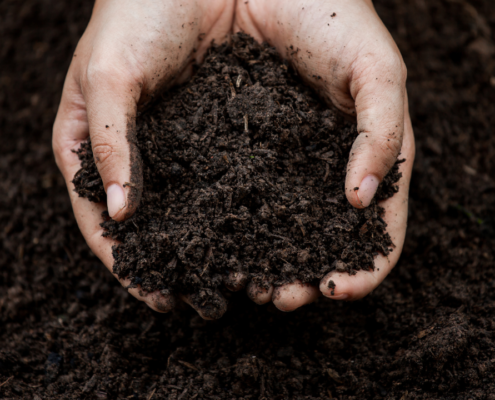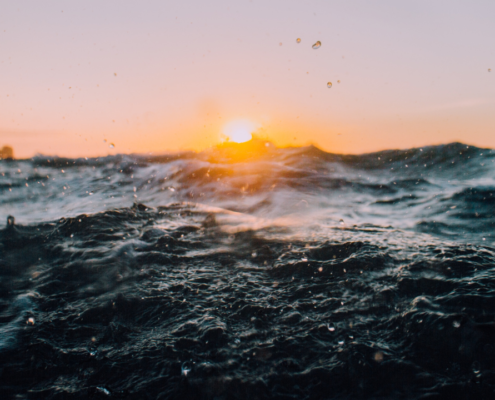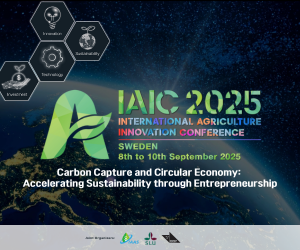The Ocean- A Carbon Sink
Edited by: IAAS Secretariat
What is a carbon sink?
A carbon sink is a natural or artificial reservoir that absorbs and stores the atmosphere’s carbon with physical and biological mechanisms. Coal, oil, natural gases, methane hydrate and limestone are all examples of carbon sinks. After long processes and under certain conditions, these sinks have stored carbon for millennia.
It is also anything that absorbs more carbon from the atmosphere than it releases – for example, plants, the ocean and soil. In contrast, a carbon source is anything that releases more carbon into the atmosphere than it absorbs – for example, the burning of fossil fuels or volcanic eruptions.
How can we protect natural carbon sinks?
Protecting carbon sinks is essential for tackling climate change and keeping our climate stable. But they’re increasingly under threat.
Forests
The world’s forests absorb 2.6bn tonnes of carbon dioxide every year. Yet despite their vital importance, an area the size of a football pitch is destroyed every second. We work for forests to be used sustainably and protected. There are three important strands to this effort: improving laws, empowering forest communities and fighting illegal logging and trade.
Soil
The Earth’s soil absorbs roughly a quarter of all human emissions each year, with a large portion of this stored in peatland or permafrost. But it’s under threat from increasing global demand for food production, chemical pollution and climate change. We’re pushing for a reformed agricultural model. We want to see stronger laws that protect our soil.
The Ocean
The ocean has sucked up about a quarter of the carbon dioxide released into the atmosphere since we began burning fossil fuels for energy during the Industrial Revolution. Phytoplankton are the main reason the ocean is one of the biggest carbon sinks. These microscopic marine algae and bacteria play a huge role in the world’s carbon cycle – absorbing about as much carbon as all the plants and trees on land combined. But plastic pollution in our ocean means plankton are eating micro plastics which is impacting the rate at which they are trapping carbon in our ocean. We’re using the law to push for an end to plastic pollution.
What are the future actions towards the marine ecosystems?
In order to combat climate change, geoengineering techniques to store CO2 artificially in the ocean carbon sink are under consideration. The scientific community is rather concerned because negative consequences of potential disequilibrium have not been explored yet. However, the concept of carbon sink is very controversial.
The carbon cycle is rather complex as it is associated with other cycles which favour global warming. Consequently, storing CO2 also releases steam water, which plays an important part in the greenhouse effect. In addition, because of the increase in greenhouse gas concentration, the water temperature and its acidity are changing. This modifies physical, chemical and biological equilibriums and may affect the ocean pump.
All of this data should encourage us to think about the future of marine ecosystems. This uncertainty should encourage us to be more careful and to preserve marine ecosystems.
Content
> Source:






